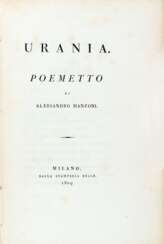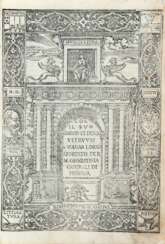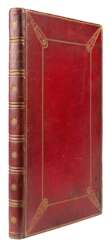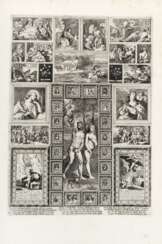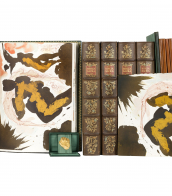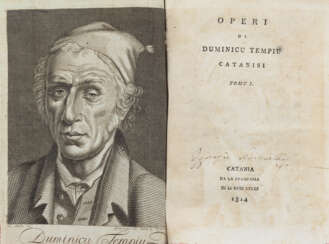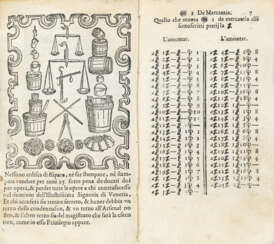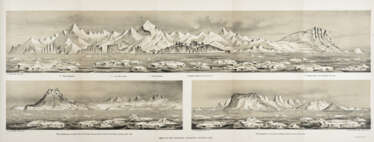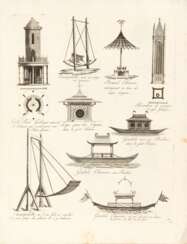livres & manuscrits & écrits
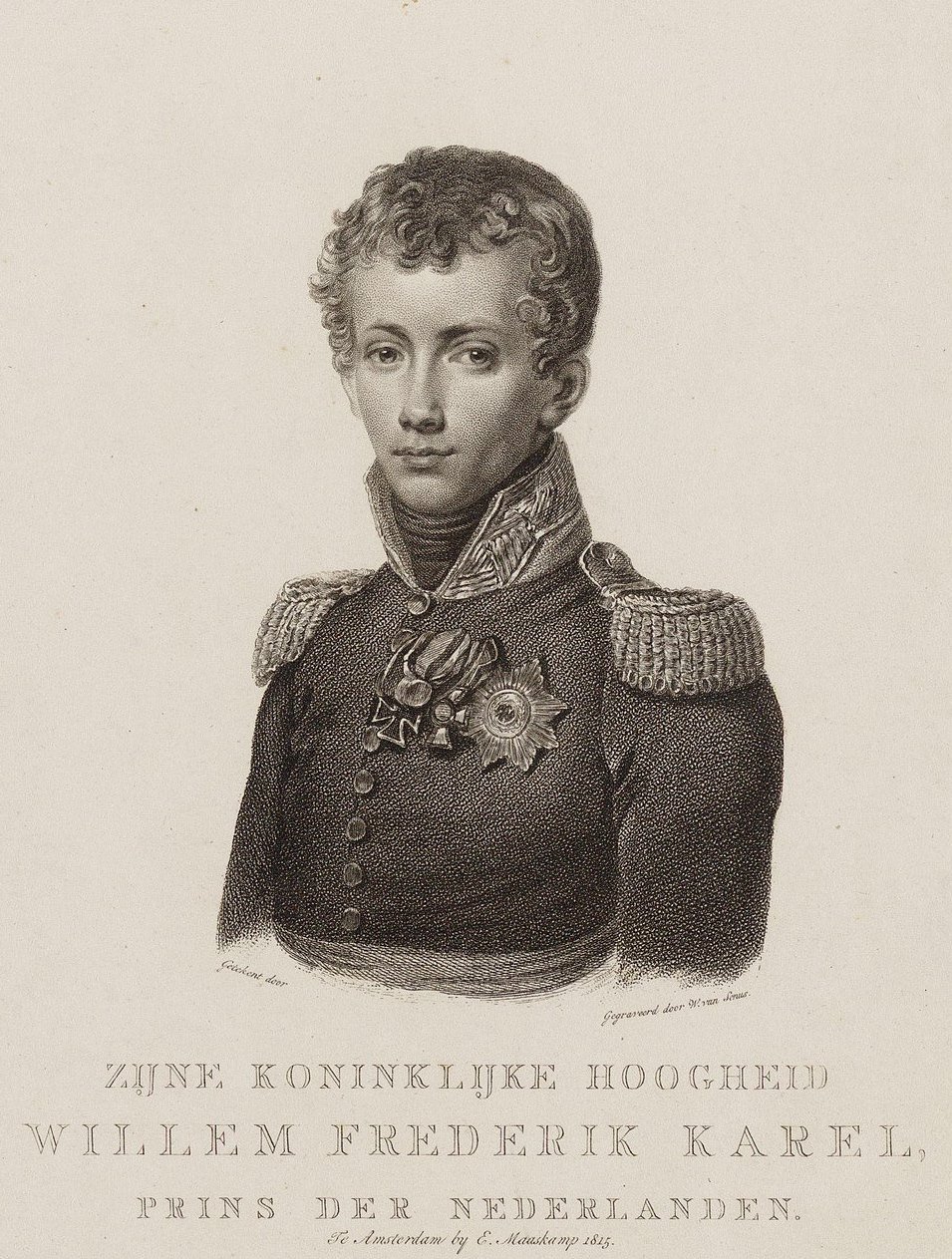
Evert Maaskamp was a Dutch artist and engraver, publisher and print dealer.
In addition to publishing geographical publications, topographical maps and engravings, Maaskamp produced very high quality illustrated works on sheet metal. Throughout his career he collaborated with the English artist Charles Howard Hodges, whose influence is evident in many of Maaskamp's engravings.

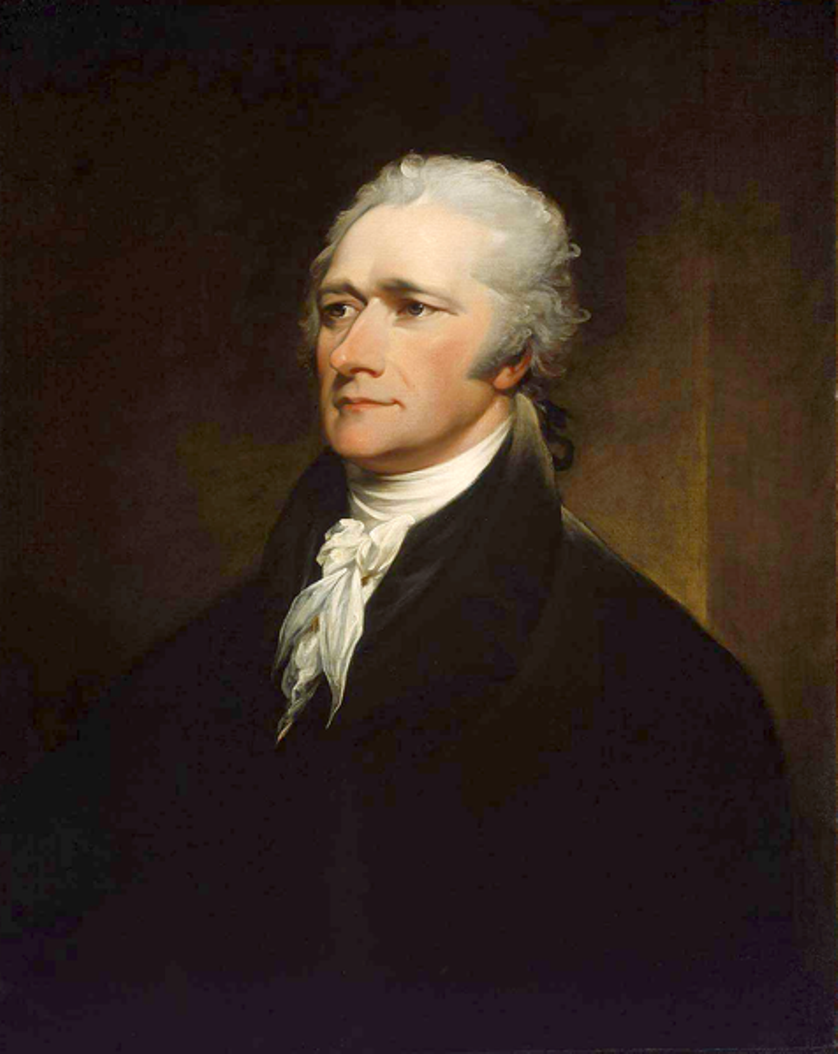
Alexander Hamilton was an American politician and statesman, the founder of the American financial system.
A native of Great Britain, Hamilton arrived in continental America in late 1772 and enrolled at King's College in New York. He became captain of an artillery company in 1776 and fought in the battles of Kips Bay, White Plains, Trenton, and Princeton during the American War of Independence. For four years he served on George Washington's staff as adjutant with the rank of lieutenant colonel. And in 1782, Hamilton was chosen by New York as a delegate to the Confederate Congress.
Alexander Hamilton was also one of New York's delegates to the Constitutional Convention in Philadelphia in 1787. He was a passionate advocate of the Constitution and, along with future President James Madison and John Jay, contributed to the famous book The Federalist (1788), writing most of the essays for it. After George Washington was elected the nation's first president in 1789, he appointed Hamilton Secretary of the Treasury. As the first Secretary of the Treasury (1789-1795), Hamilton developed plans to finance the national debt, secure federal credit, encourage the expansion of manufacturing, and organize a federal bank. In 1801, Hamilton founded the New York Evening Post newspaper.
On July 11, 1804, Hamilton was mortally wounded in a duel with his personal and political rival, Vice President Aaron Burr. Today, Alexander Hamilton is revered as one of the founding fathers of the United States, he is known for his role in creating America's financial system, and his portrait is on the ten dollar bill.
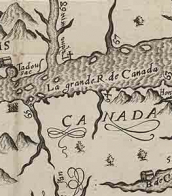
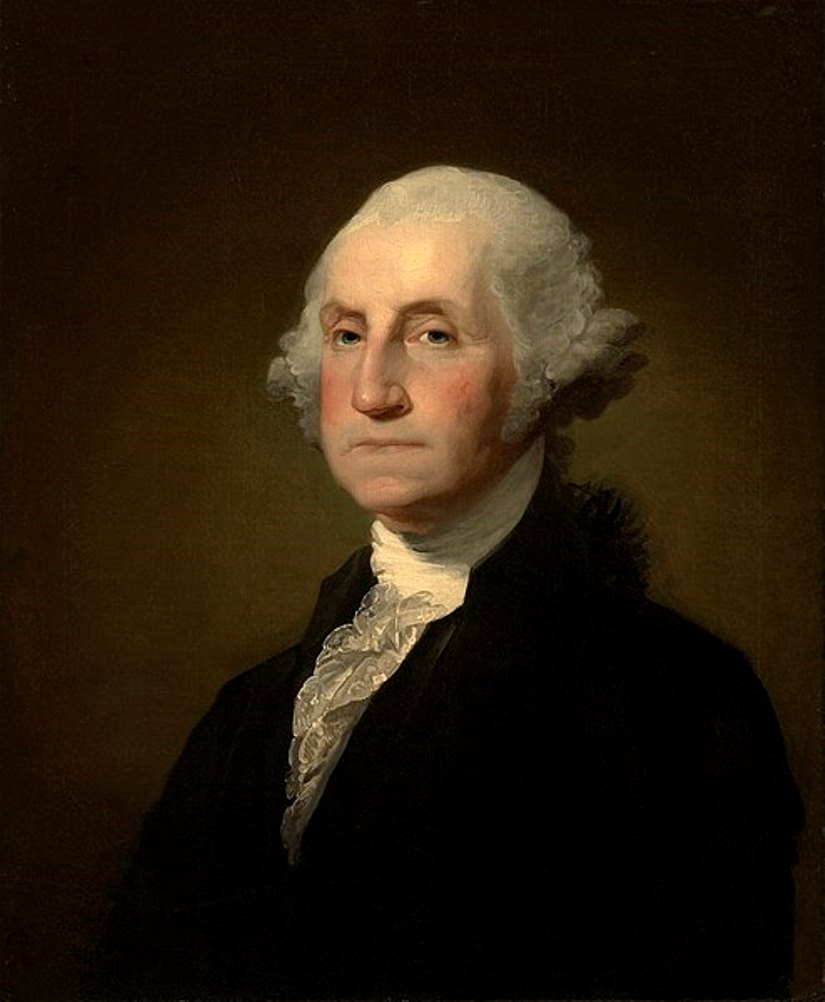
George Washington is the first popularly elected president of the United States of America and one of the founding fathers of the United States.
Born into a noble family in colonial Virginia in February 1732, George Washington served as a Virginian officer with British troops during the French-Indian War (1754-1763) from 1754-1758. This was a territorial war fought largely between the colonies of Britain and France that escalated into a worldwide conflict between the two countries. J. Washington was at the center of the conflicts in the disputed Ohio River Valley area.
In June 1775, he was elected commander-in-chief of the Continental forces in the war already for independence from Great Britain. He commanded American troops throughout the war, becoming famous for his perseverance and bravery.
In 1787, J. Washington represented the state of Virginia as a delegate to the Constitutional Convention. This convention created the Constitution of the United States. In 1789, the Electoral College unanimously elected George Washington president, and in 1792 he was re-elected for a second term. Thus George Washington was in office as President of the United States from April 30, 1789 to March 4, 1797.
As head of state, he helped to strengthen the Union, implement the principles of the Constitution and build the capital of the United States. He was engaged in the formation of the central authorities and system of government, created precedents for the institution of presidents, encouraged the development of the economy, maintained friendly relations with Congress. In foreign policy Washington avoided interference in the affairs of European states.
After leaving the post of president, George Washington lived in Mount Vernon Manor.
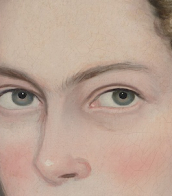
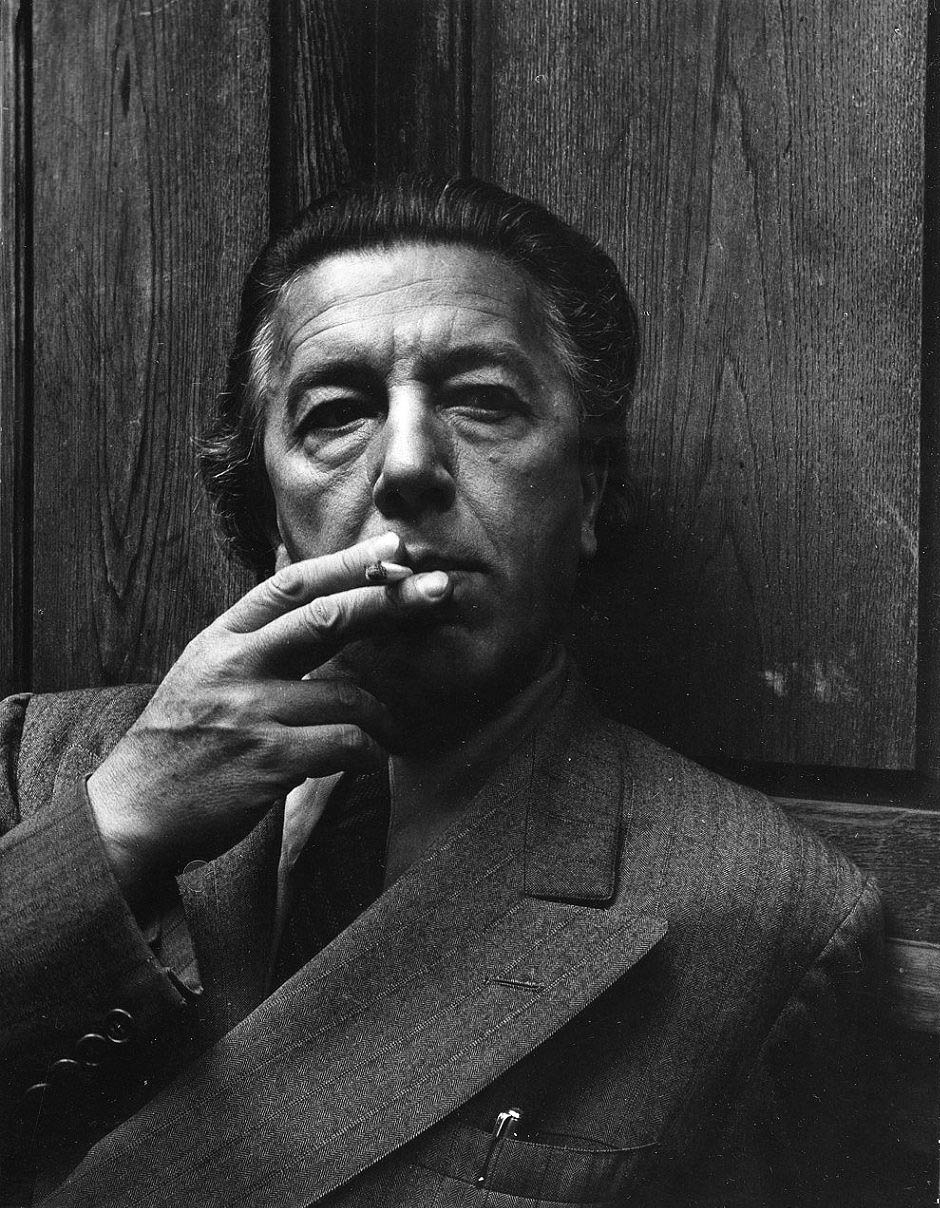
André Breton was a French writer, poet, and anti-fascist, renowned as the principal founder and leading theorist of Surrealism, an influential movement that sought to release the creative potential of the unconscious mind. Born in Tinchebray, France, in 1896, Breton's work was deeply influenced by the theories of Sigmund Freud and was characterized by a fascination with dreams, the irrational, and the workings of the mind. As a cultural icon, his contributions extended beyond literature into the realms of art, sculpture, and painting, making him a pivotal figure in 20th-century artistic movements.
Breton's seminal work, the "Manifesto of Surrealism" (1924), outlined the principles of the movement, advocating for the expression of the subconscious and the importance of dreams as a source of artistic inspiration. His leadership and writings not only shaped Surrealism but also had a lasting impact on the broader culture of art, influencing countless artists, painters, and sculptors. Breton's ability to merge poetry with visual arts led to collaborations with prominent artists like Salvador Dalí, Max Ernst, and Joan Miró, further cementing his legacy as a central figure in modern art.
Notably, André Breton's works and personal collection, which included art pieces and surreal objects, have been displayed in museums and galleries worldwide, showcasing his eclectic taste and profound influence on the art world. His Paris apartment was a gathering place for artists and intellectuals, becoming a hub of Surrealist activity and thought. For collectors and experts in art and antiques, Breton's contributions represent a fascinating intersection of literary prowess and visual creativity, highlighting the enduring relevance of Surrealism.
For those interested in exploring the depths of Surrealism and André Breton's groundbreaking contributions, signing up for updates can provide exclusive access to new product sales and auction events related to this pivotal artist and thinker. This subscription is an invaluable resource for collectors and enthusiasts keen to deepen their understanding of Breton's influence and the broader cultural movements he shaped.

igmund Freud, born Sigismund Schlomo Freud, was an Austrian psychologist, psychiatrist and neurologist, the founder of psychoanalysis.
He graduated from the medical faculty of the University of Vienna, was engaged in self-education and numerous, cutting-edge for his time studies of the human psyche. The resulting psychoanalysis he created was both a theory of the human psyche, a therapy to alleviate its ills, and a tool for interpreting culture and society. Freud's psychoanalysis had a significant impact on psychology, medicine, sociology, anthropology, literature and art in the twentieth century.
Despite the sometimes harsh criticism of virtually all of his ideas and teachings, which continues almost a century after his death, Freud remains one of the most influential intellectual figures of our time.

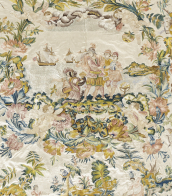
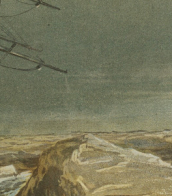
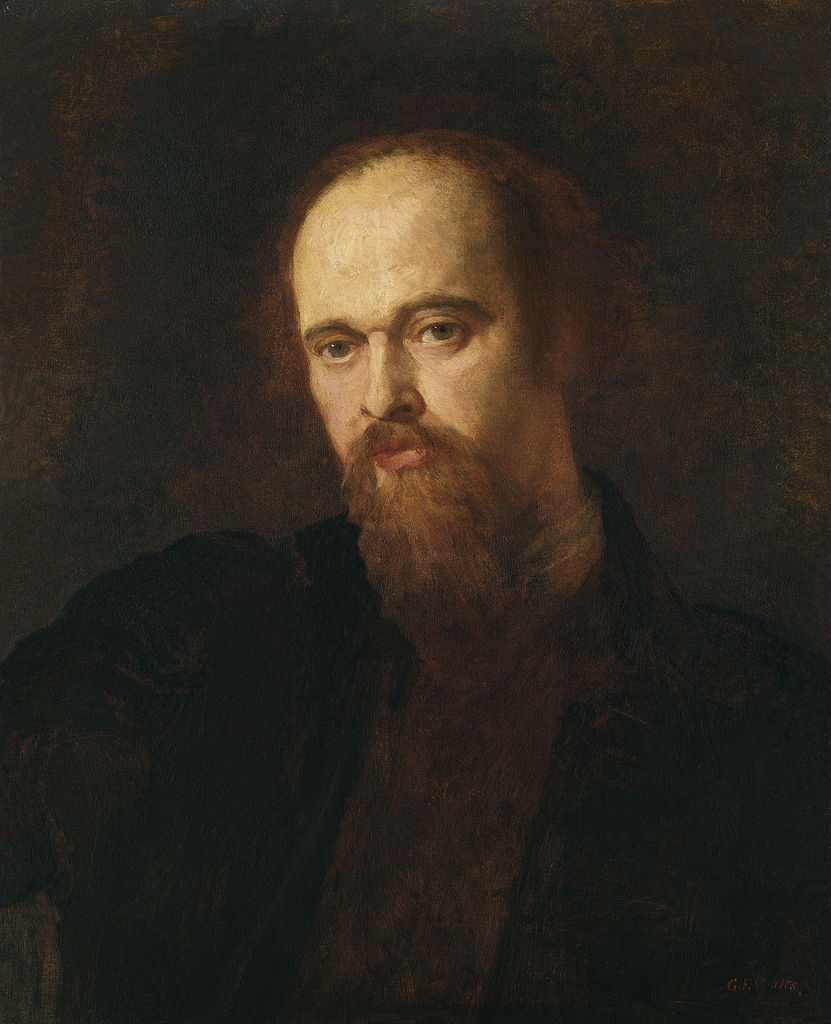
Gabriel Charles Dante Rossetti, generally known as Dante Gabriel Rossetti, was an English poet, illustrator, painter, translator and member of the Rossetti family. He founded the Pre-Raphaelite Brotherhood in 1848 with William Holman Hunt and John Everett Millais. Rossetti inspired the next generation of artists and writers, William Morris and Edward Burne-Jones in particular. His work also influenced the European Symbolists and was a major precursor of the Aesthetic movement.

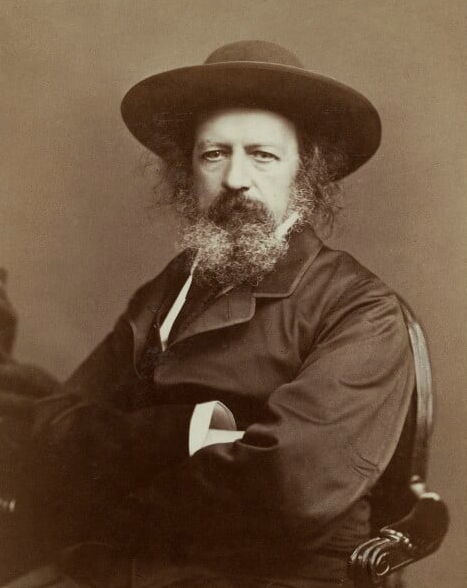


Franklin Pierce was the 14th President of the United States of America (1853-57).
Pierce entered political life in New Hampshire as a Democrat, serving in the state legislature, the U.S. House of Representatives, and the Senate. Pierce saw the abolitionist movement (which sought to eliminate slavery in the country) as a fundamental threat to the unity of the nation, and alienated anti-slavery groups by signing the Kansas-Nebraska Act and enacting the Fugitive Slave Act.
The results of his presidency were generally so poor that Democrats refused to allow Pierce to run again. Years later he died in obscurity, accused of betraying the nation and disgraced. Historians and scholars generally rate Pierce as one of the worst U.S. presidents.
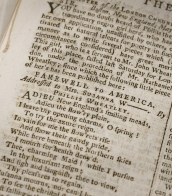
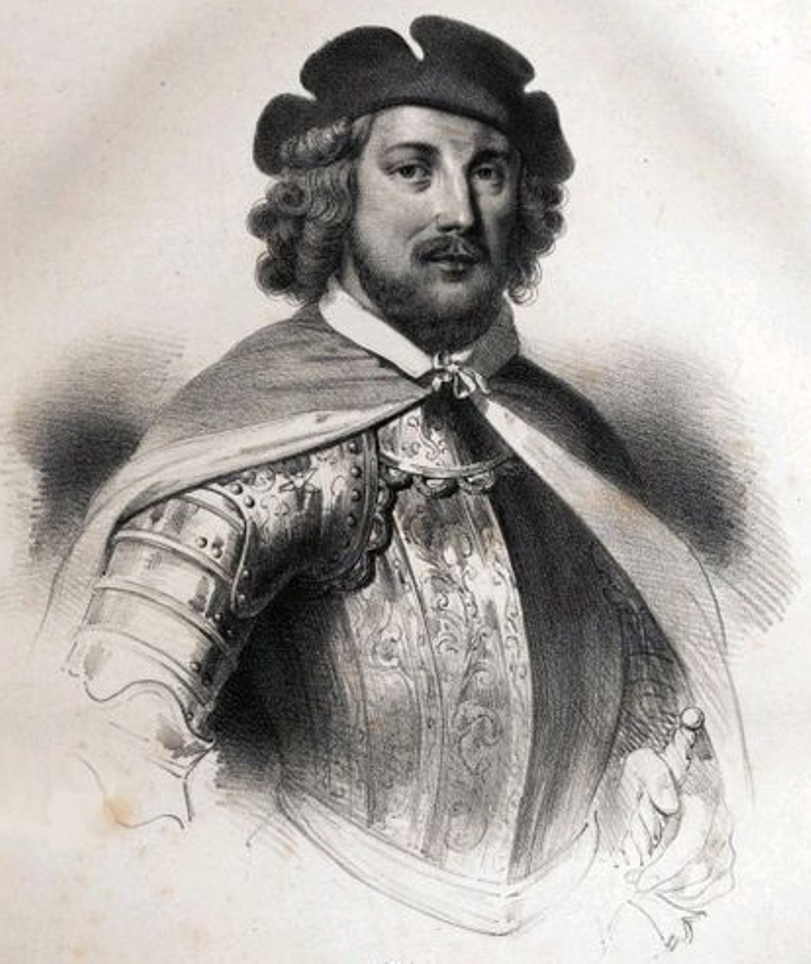
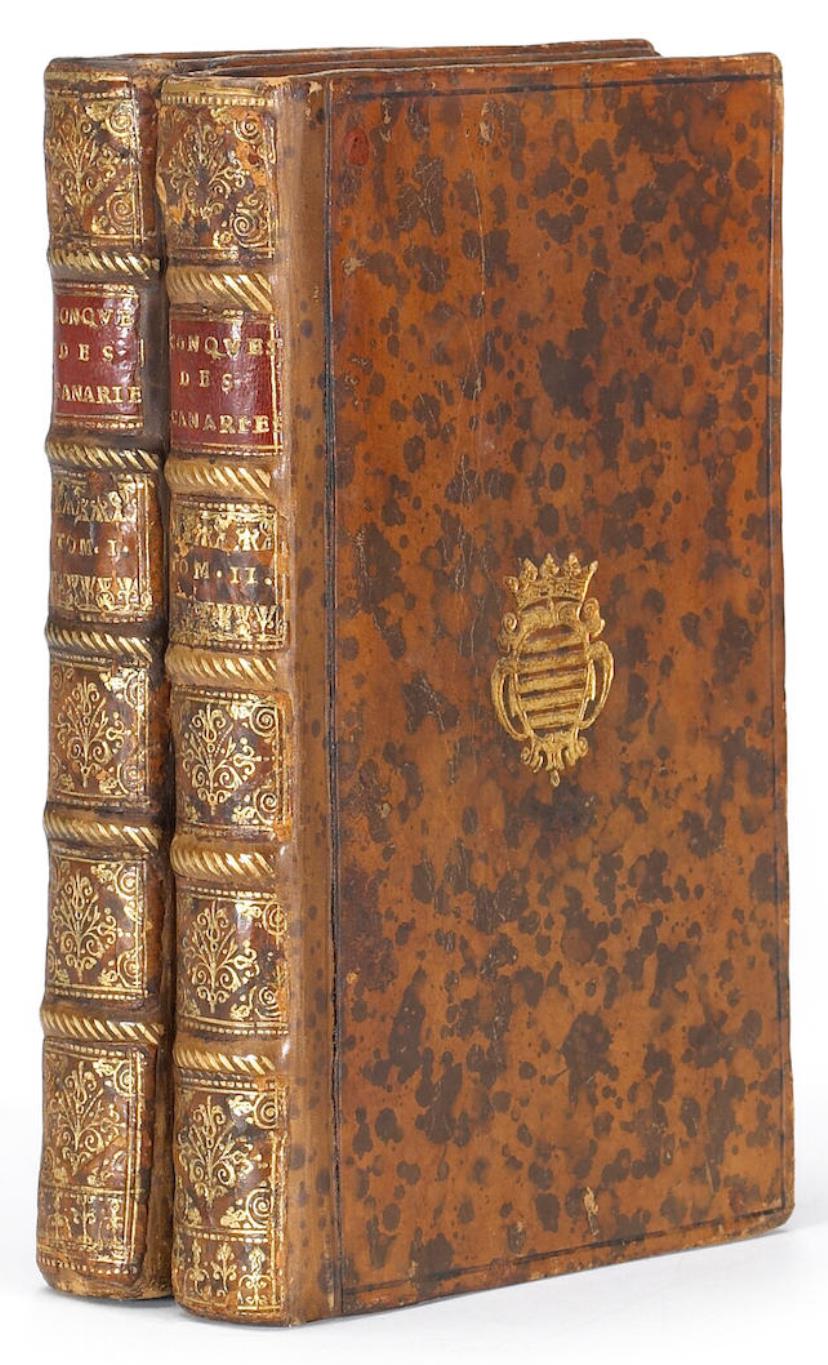

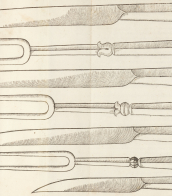



Paul Jerrard was a British artist, illustrator, cartographer and publisher.
His publishing house, Jerrard & Son, Paul & Son, produced Shakespearean paintings, ornithological, entomological and botanical publications, species, sheet music, gift books, almanacs etc.
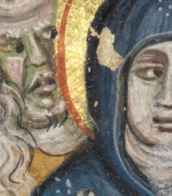

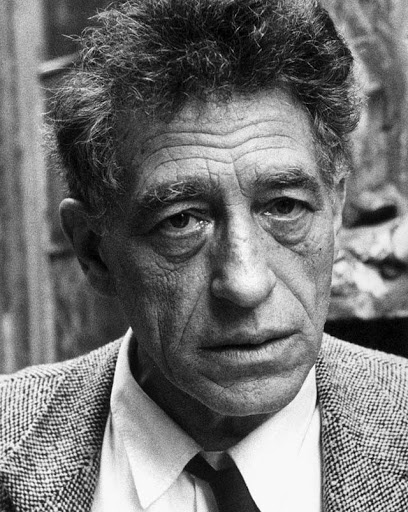
Alberto Giacometti was a Swiss sculptor, painter, draftsman, and printmaker, renowned for his distinctive elongated sculptures of solitary figures. Born in Borgonovo, Switzerland, in 1901, into a family of artists, Giacometti's talent was evident from an early age, encouraged by his father, Giovanni, a post-Impressionist painter, and his godfather, Cuno Amiet, a Fauvist painter. Moving to Paris in 1922 to study under the sculptor Antoine Bourdelle, Giacometti became a pivotal figure in Surrealism before focusing intensely on the human form, leading to his signature style of thin, elongated figures that evoke feelings of solitude and existential dread.
Giacometti's work spans several decades and various phases, including his early involvement with Surrealism and his later, more recognized existential and figurative sculptures. Notably, his sculptures, such as "Walking Man I" and "The Palace at 4 a.m.," reflect his unique view of reality and his relentless pursuit to capture the human essence. His approach was influenced by his associations with prominent figures of the art world, including Miró and Picasso, and intellectuals like Jean-Paul Sartre.
Despite facing challenges, including periods of self-doubt and the physical toll on his health, Giacometti's legacy as a master sculptor and artist remains influential. His works are celebrated worldwide and featured in major museums, such as the Museum of Modern Art in New York and the Tate Gallery in London, testament to his enduring impact on the art world.
Collectors and experts in art and antiques continue to revere Giacometti's work for its emotional depth and unique aesthetic. For those interested in the pioneering spirit of modern sculpture, Alberto Giacometti's oeuvre offers a profound exploration of the human condition and the artist's relentless pursuit of reality through art.
To stay updated on sales and auction events related to Alberto Giacometti's work, sign up for updates. This subscription is an excellent opportunity for collectors and enthusiasts to remain informed about new discoveries and opportunities related to Giacometti's enduring legacy.
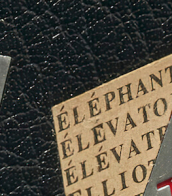
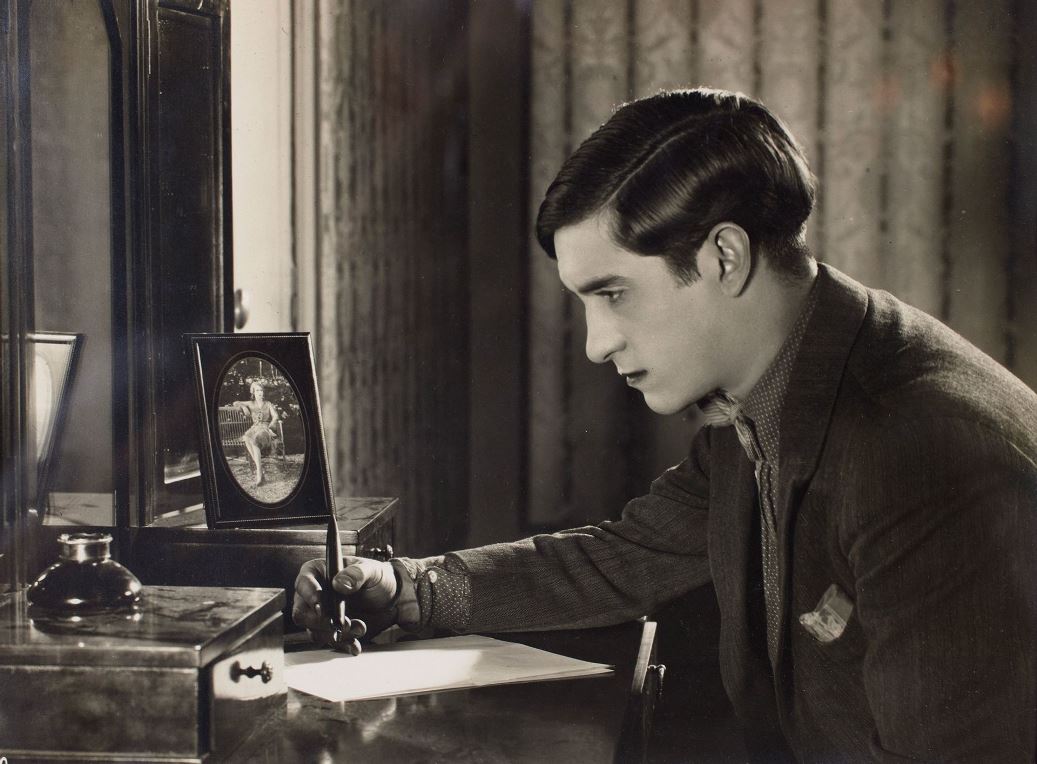

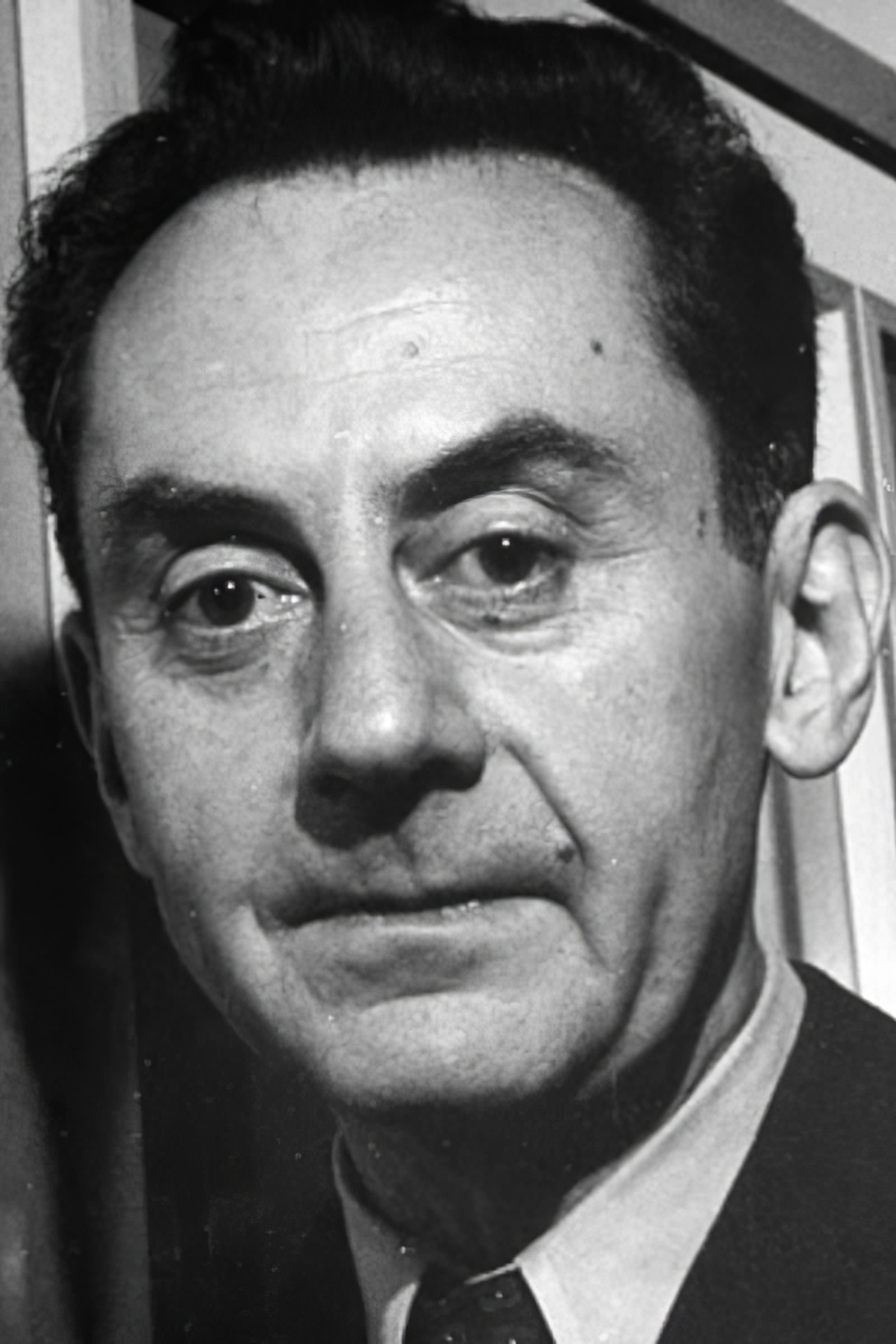
Man Ray, born Emmanuel Radnitzky, was an American visual artist who played a significant role in the Dada and Surrealist movements. His pioneering efforts in photography, alongside his work in painting and sculpture, have cemented his place as a major figure in modern art. Known for his innovative techniques and the ability to convey complex ideas through simple, striking visuals, Man Ray's contribution to the art world is profound.
Throughout his career, Man Ray was celebrated for his avant-garde approach and his ability to transcend traditional boundaries between different artistic mediums. His photography, characterized by experimental techniques such as solarization and rayographs (cameraless photographs), challenged conventional perceptions of photography as merely a means of representation. These artistic innovations made him a central figure in both Parisian and American art circles.
Man Ray's works are housed in some of the world's most prestigious museums and galleries, including the Museum of Modern Art in New York and the Centre Pompidou in Paris. His pieces, such as "Le Violon d'Ingres" and "Noire et Blanche," are iconic images that continue to influence artists today. His ability to blend the abstract with the realistic, and the humorous with the serious, has left a lasting legacy in the world of art.
For collectors and experts in art and antiques, the work of Man Ray offers a glimpse into the revolutionary changes that shaped the visual arts in the 20th century. His unique perspective and pioneering techniques continue to inspire and challenge those interested in the boundaries of creativity and expression.
If you're passionate about the avant-garde, or simply wish to explore the fascinating world of Man Ray further, sign up for our updates. You'll receive alerts on new product sales and auction events related to Man Ray, ensuring you never miss an opportunity to engage with the legacy of this extraordinary artist.


Man Ray, born Emmanuel Radnitzky, was an American visual artist who played a significant role in the Dada and Surrealist movements. His pioneering efforts in photography, alongside his work in painting and sculpture, have cemented his place as a major figure in modern art. Known for his innovative techniques and the ability to convey complex ideas through simple, striking visuals, Man Ray's contribution to the art world is profound.
Throughout his career, Man Ray was celebrated for his avant-garde approach and his ability to transcend traditional boundaries between different artistic mediums. His photography, characterized by experimental techniques such as solarization and rayographs (cameraless photographs), challenged conventional perceptions of photography as merely a means of representation. These artistic innovations made him a central figure in both Parisian and American art circles.
Man Ray's works are housed in some of the world's most prestigious museums and galleries, including the Museum of Modern Art in New York and the Centre Pompidou in Paris. His pieces, such as "Le Violon d'Ingres" and "Noire et Blanche," are iconic images that continue to influence artists today. His ability to blend the abstract with the realistic, and the humorous with the serious, has left a lasting legacy in the world of art.
For collectors and experts in art and antiques, the work of Man Ray offers a glimpse into the revolutionary changes that shaped the visual arts in the 20th century. His unique perspective and pioneering techniques continue to inspire and challenge those interested in the boundaries of creativity and expression.
If you're passionate about the avant-garde, or simply wish to explore the fascinating world of Man Ray further, sign up for our updates. You'll receive alerts on new product sales and auction events related to Man Ray, ensuring you never miss an opportunity to engage with the legacy of this extraordinary artist.


André Breton was a French writer, poet, and anti-fascist, renowned as the principal founder and leading theorist of Surrealism, an influential movement that sought to release the creative potential of the unconscious mind. Born in Tinchebray, France, in 1896, Breton's work was deeply influenced by the theories of Sigmund Freud and was characterized by a fascination with dreams, the irrational, and the workings of the mind. As a cultural icon, his contributions extended beyond literature into the realms of art, sculpture, and painting, making him a pivotal figure in 20th-century artistic movements.
Breton's seminal work, the "Manifesto of Surrealism" (1924), outlined the principles of the movement, advocating for the expression of the subconscious and the importance of dreams as a source of artistic inspiration. His leadership and writings not only shaped Surrealism but also had a lasting impact on the broader culture of art, influencing countless artists, painters, and sculptors. Breton's ability to merge poetry with visual arts led to collaborations with prominent artists like Salvador Dalí, Max Ernst, and Joan Miró, further cementing his legacy as a central figure in modern art.
Notably, André Breton's works and personal collection, which included art pieces and surreal objects, have been displayed in museums and galleries worldwide, showcasing his eclectic taste and profound influence on the art world. His Paris apartment was a gathering place for artists and intellectuals, becoming a hub of Surrealist activity and thought. For collectors and experts in art and antiques, Breton's contributions represent a fascinating intersection of literary prowess and visual creativity, highlighting the enduring relevance of Surrealism.
For those interested in exploring the depths of Surrealism and André Breton's groundbreaking contributions, signing up for updates can provide exclusive access to new product sales and auction events related to this pivotal artist and thinker. This subscription is an invaluable resource for collectors and enthusiasts keen to deepen their understanding of Breton's influence and the broader cultural movements he shaped.



Thomas Daniell was an English landscape painter who also painted Orientalist themes. He spent seven years in India, accompanied by his nephew William, also an artist, and published several series of aquatints of the country.

William Daniell was a British landscape painter, marinist and aquatint printmaker, and a Royal Academician.
In his youth he traveled extensively in India with his uncle, the landscape painter Thomas Daniell (1749-1840), with whom he later worked on one of the best illustrated works of the time, Oriental Landscapes. In addition to sketches, William Daniell's diaries contain detailed and insightful descriptions of his travels in North and South India, which formed the basis of their subsequent publications and helped to shape a coherent British view of India.
Daniell was also a prolific engraver and produced countless illustrations for historical and travel works and volumes on the natural world. One of his most famous works was Journey Round Britain (4 volumes, 1814-1825).
William Daniell's work was exhibited at the Royal Academy and the British Institution, and he became a Royal Academician in 1822.

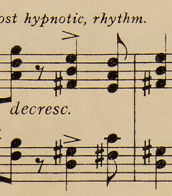
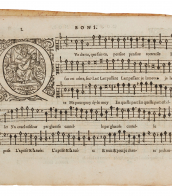





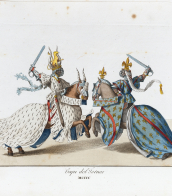












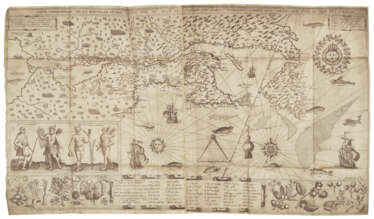


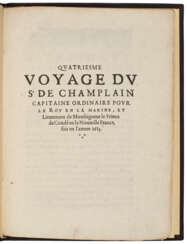



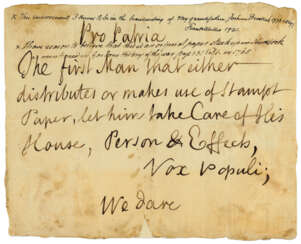

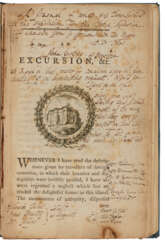

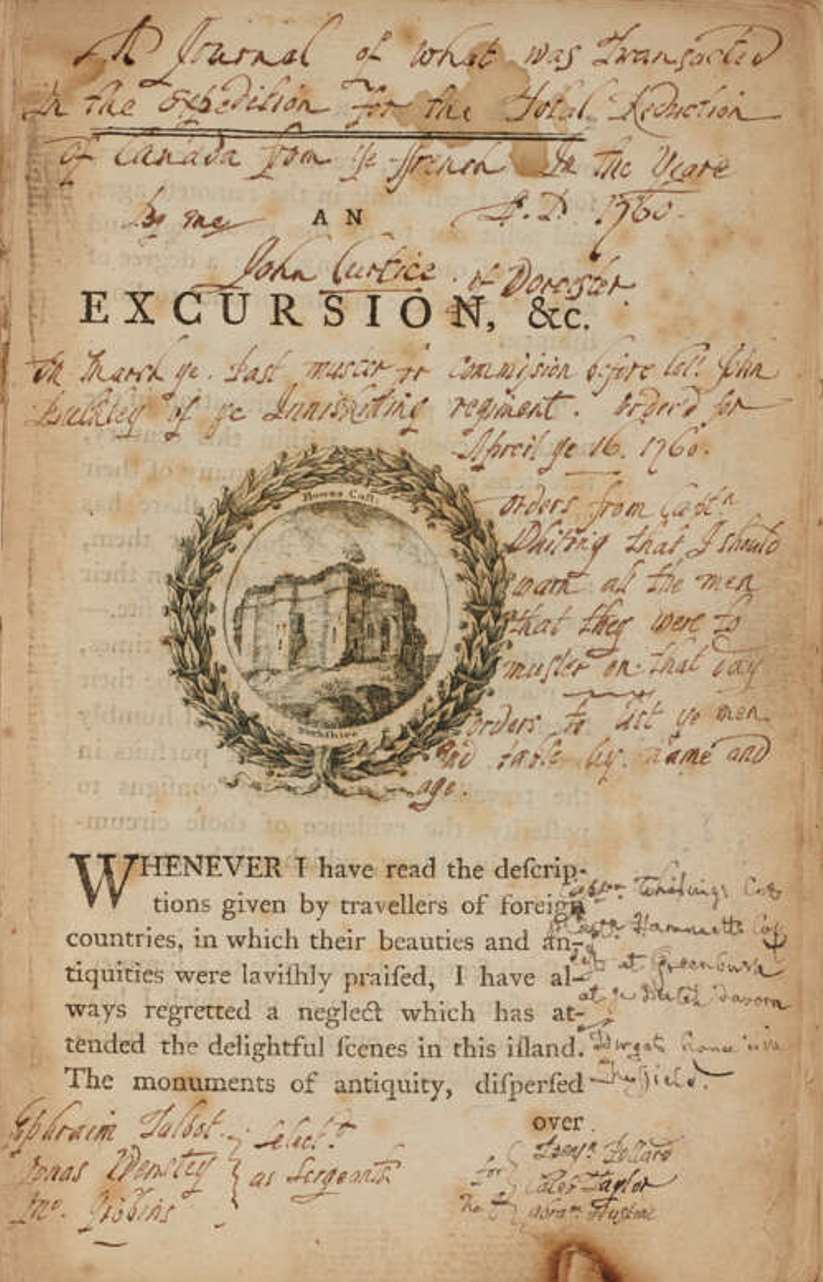


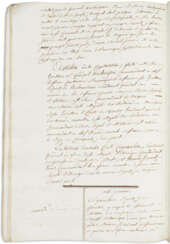

![BRETON, André (1896-1966) [& Sigmund FREUD (1856-1939)]](/assets/image/picture_4604878/def7d/9fb8ac4d2c1ce569c01925107af54abb1747864800jpg__fix_374_244.jpeg)
![BRETON, André (1896-1966) [& Sigmund FREUD (1856-1939)]](https://veryimportantlot.com/assets/image/picture_4604878/def7d/9fb8ac4d2c1ce569c01925107af54abb1747864800jpg__fix_374_244.jpeg)


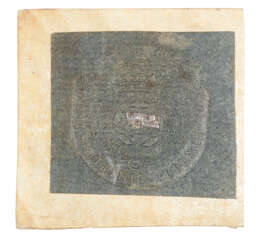

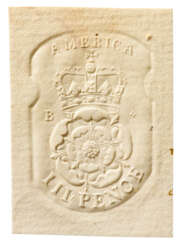





![[LIVRE FORT EXCELLENT DE CUYSINE].](/assets/image/picture_2734676/b4673/341afeedbee963cb74b5b11d269754c11679526000jpg__fix_374_244.jpeg)
![[LIVRE FORT EXCELLENT DE CUYSINE].](https://veryimportantlot.com/assets/image/picture_2734676/b4673/341afeedbee963cb74b5b11d269754c11679526000jpg__fix_374_244.jpeg)




![[PAMPHLETS]](/assets/image/picture_3566929/2067f/c5078f744d7e603c448695d945b55c521700607600jpg__fix_374_244.jpeg)
![[PAMPHLETS]](https://veryimportantlot.com/assets/image/picture_3566929/2067f/c5078f744d7e603c448695d945b55c521700607600jpg__fix_374_244.jpeg)


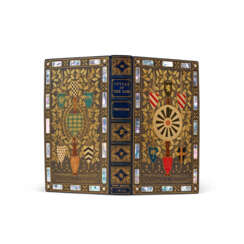



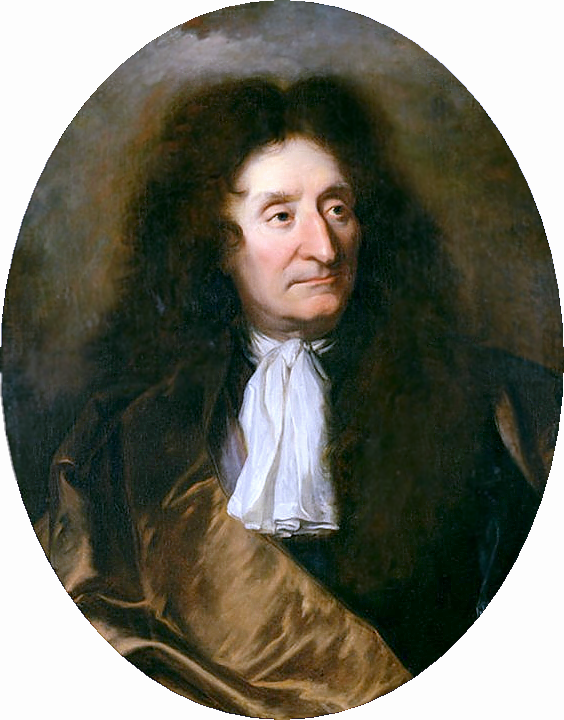
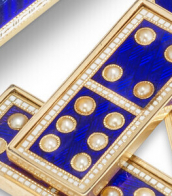


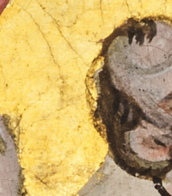




![[LIVRE DE FÊTES]](/assets/image/picture_3566967/3f1ad/e9d0794c6ec1ba831b8b757e89c237401700607600jpg__fix_374_244.jpeg)
![[LIVRE DE FÊTES]](https://veryimportantlot.com/assets/image/picture_3566967/3f1ad/e9d0794c6ec1ba831b8b757e89c237401700607600jpg__fix_374_244.jpeg)
![Histoire de la Premiere Descouverte et Conqueste des Canaries [and:] Un Traicte de la Navigation et des Voyages de Descouverte & Conqueste modernes, & principalement des François](/assets/image/picture_3698864/50a69/hyhvbq9nnwmblbssnd3bhjwpcbkvw-ec7bpw2ywufjymclzzsefpbolpa8jpzj11704708154jpg__fix_374_244.jpeg)
![Histoire de la Premiere Descouverte et Conqueste des Canaries [and:] Un Traicte de la Navigation et des Voyages de Descouverte & Conqueste modernes, & principalement des François](https://veryimportantlot.com/assets/image/picture_3698864/50a69/hyhvbq9nnwmblbssnd3bhjwpcbkvw-ec7bpw2ywufjymclzzsefpbolpa8jpzj11704708154jpg__fix_374_244.jpeg)




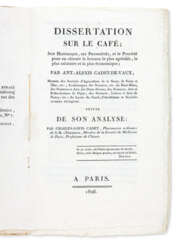

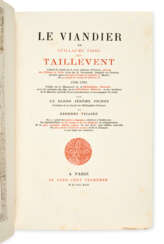



![[REMÈDES & RECETTES].](/assets/image/picture_2734777/85e13/39559a247a08aa235a6ad5af380707d51679526000jpg__fix_374_244.jpeg)
![[REMÈDES & RECETTES].](https://veryimportantlot.com/assets/image/picture_2734777/85e13/39559a247a08aa235a6ad5af380707d51679526000jpg__fix_374_244.jpeg)


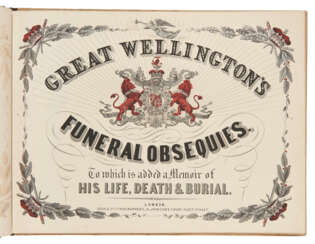



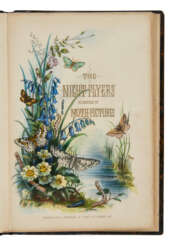

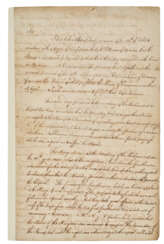

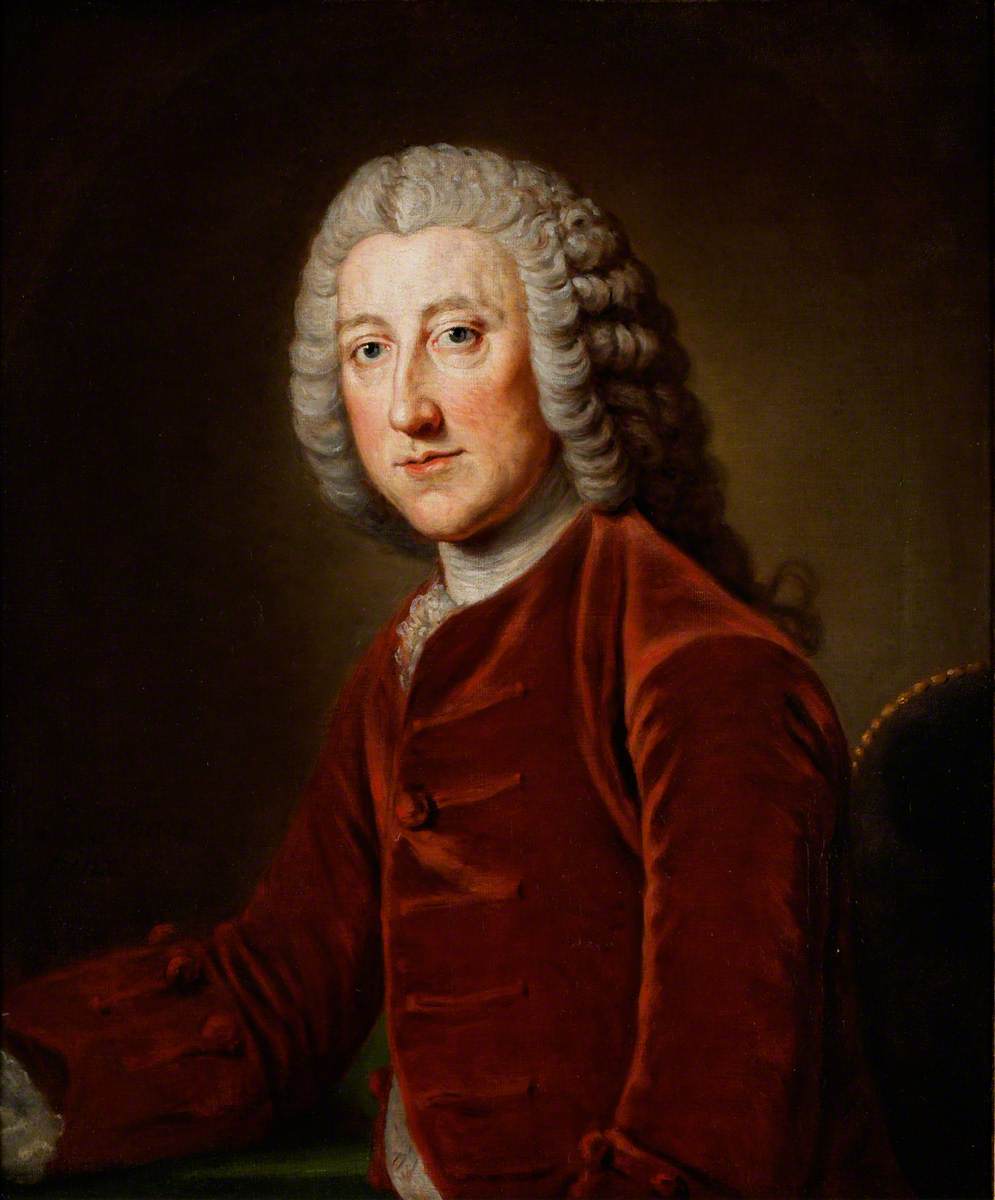




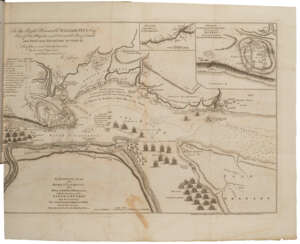

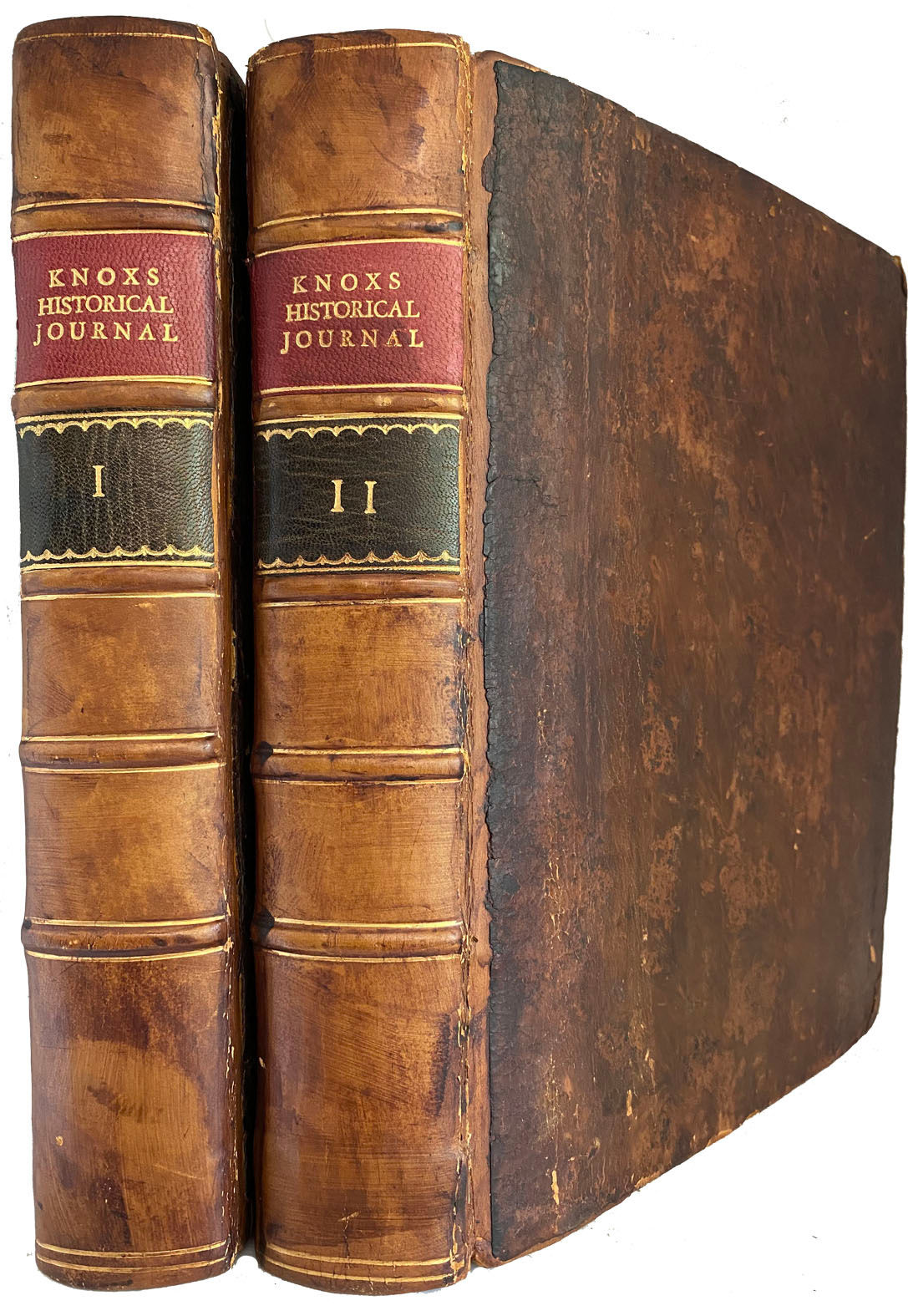
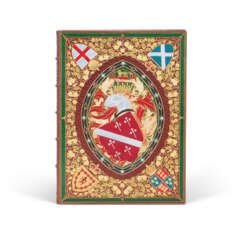

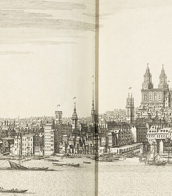
![SANGORSKI & SUTCLIFFE (binders)—[DE QUINCEY, Thomas (1785-1859)]](/assets/image/picture_4084642/4f0e9/6rob5ou442z5tlktv7vclrpcmm4k0mfjzphbc87amm92vipqaxxdkx74gou4kq1719907695jpg__fix_374_244.jpeg)
![SANGORSKI & SUTCLIFFE (binders)—[DE QUINCEY, Thomas (1785-1859)]](https://veryimportantlot.com/assets/image/picture_4084642/4f0e9/6rob5ou442z5tlktv7vclrpcmm4k0mfjzphbc87amm92vipqaxxdkx74gou4kq1719907695jpg__fix_374_244.jpeg)
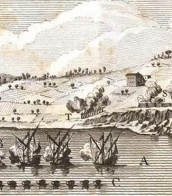
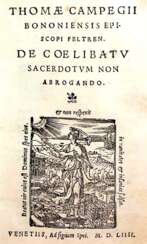

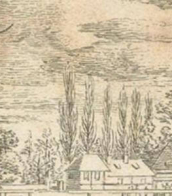
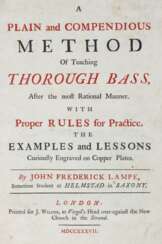





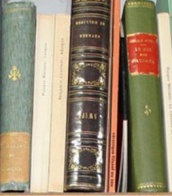






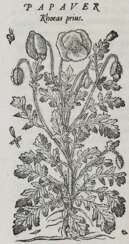

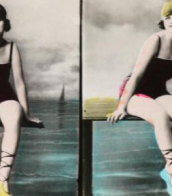
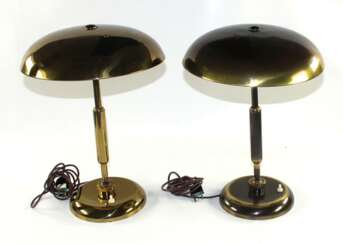

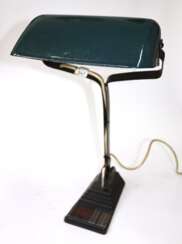




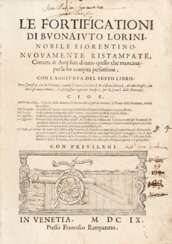



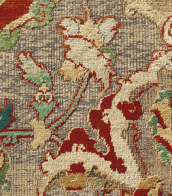
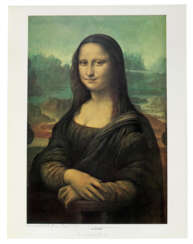

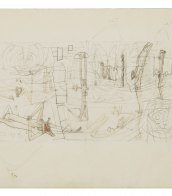




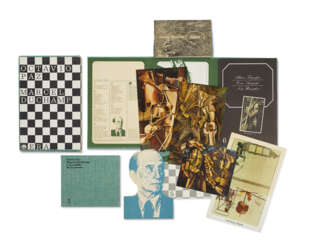

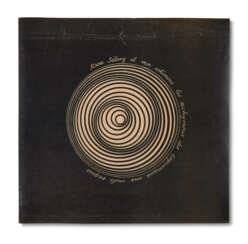



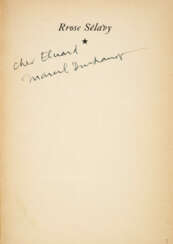





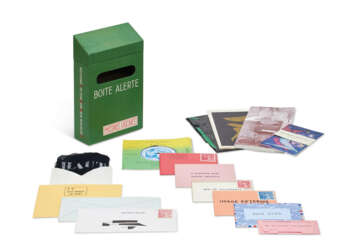

![[LIVRE DE GLACE].](/assets/image/picture_2734922/e52a8/30a67662f0114403bf55f6867462a3dd1679526000jpg__fix_374_244.jpeg)
![[LIVRE DE GLACE].](https://veryimportantlot.com/assets/image/picture_2734922/e52a8/30a67662f0114403bf55f6867462a3dd1679526000jpg__fix_374_244.jpeg)
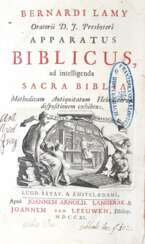

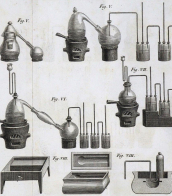
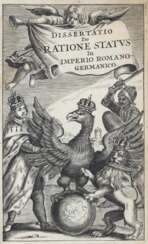

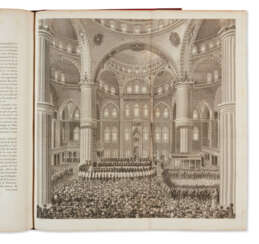

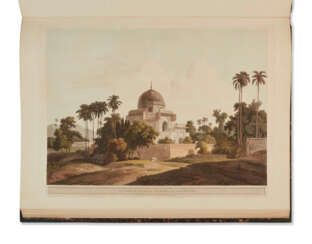

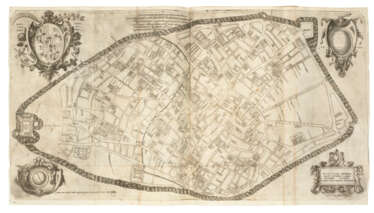







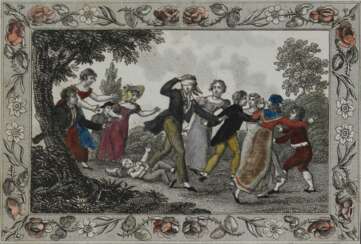







![RONSARD, Pierre de (1524-1585). Le sixiesme livre des poèmes de Pierre de Ronsard gentil-homme Vandosmois, dedié à Monsieur de Belot Conseiller & Maistre des Requestes de l’hostel du Roy. [relié avec] Le Septiesme livre des poemes](/assets/image/picture_1320869/18983/7bba7ba38dc3b949798c74a1c44964a51616454000jpg__fix_374_244.jpeg)
![RONSARD, Pierre de (1524-1585). Le sixiesme livre des poèmes de Pierre de Ronsard gentil-homme Vandosmois, dedié à Monsieur de Belot Conseiller & Maistre des Requestes de l’hostel du Roy. [relié avec] Le Septiesme livre des poemes](https://veryimportantlot.com/assets/image/picture_1320869/18983/7bba7ba38dc3b949798c74a1c44964a51616454000jpg__fix_374_244.jpeg)
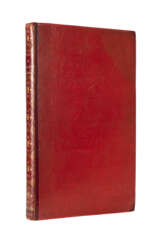

![[AEROSTATICA] - Lotto composto da diversi libri sull'aerostatica stampati a inizio Ottocento fra](/assets/image/picture_942488/75847/p9wxuqm7syj0sfzrsks1cgeri9dix1afmiy6nwb02vggznaycdnaswormoftiwc1596201882jpg__fix_374_244.jpeg)
![[AEROSTATICA] - Lotto composto da diversi libri sull'aerostatica stampati a inizio Ottocento fra](https://veryimportantlot.com/assets/image/picture_942488/75847/p9wxuqm7syj0sfzrsks1cgeri9dix1afmiy6nwb02vggznaycdnaswormoftiwc1596201882jpg__fix_374_244.jpeg)
![[BALLI] - Lotto di oltre 30 inviti a stampa e manoscritti](/assets/image/picture_1242227/9df9a/aq9vkfd1nefiytkkw541iuuerja-nn5vsnna8dhsb8etyojlb0zuppwq4eefwl1608650313jpg__fix_374_244.jpeg)
![[BALLI] - Lotto di oltre 30 inviti a stampa e manoscritti](https://veryimportantlot.com/assets/image/picture_1242227/9df9a/aq9vkfd1nefiytkkw541iuuerja-nn5vsnna8dhsb8etyojlb0zuppwq4eefwl1608650313jpg__fix_374_244.jpeg)


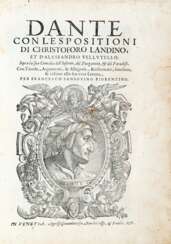



![[STRADA FERRATA - MILANO e VENEZIA: PONTE DELLA LIBERTA'] - Corposa serie di pamphlets](/assets/image/picture_1242216/b4465/bc1vo8jbiizjqfshnrfpsg3p5unjkprlxyycqcpaqhhhxvwtu-kr6awqn-gzi8c1608650265jpg__fix_374_244.jpeg)
![[STRADA FERRATA - MILANO e VENEZIA: PONTE DELLA LIBERTA'] - Corposa serie di pamphlets](https://veryimportantlot.com/assets/image/picture_1242216/b4465/bc1vo8jbiizjqfshnrfpsg3p5unjkprlxyycqcpaqhhhxvwtu-kr6awqn-gzi8c1608650265jpg__fix_374_244.jpeg)
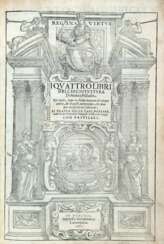

![SETTALA, Lodovico (1552-1663) - Antidotario romano latino, et volgare tradotto da Hippolito Cesarelli Romano. Milan: Gio. Battista Bidelli, 1635. [Legato con:] Avvertenze et osservationi. Milano: Stamperia Ambrosiana, 1630.](/assets/image/picture_1242576/baf4f/zaq1ojbarpcfb50uqk5fprp-akeuza6vfiudipdtqluhbem6padqprhunfjwoayz1608651687jpg__fix_374_244.jpeg)
![SETTALA, Lodovico (1552-1663) - Antidotario romano latino, et volgare tradotto da Hippolito Cesarelli Romano. Milan: Gio. Battista Bidelli, 1635. [Legato con:] Avvertenze et osservationi. Milano: Stamperia Ambrosiana, 1630.](https://veryimportantlot.com/assets/image/picture_1242576/baf4f/zaq1ojbarpcfb50uqk5fprp-akeuza6vfiudipdtqluhbem6padqprhunfjwoayz1608651687jpg__fix_374_244.jpeg)


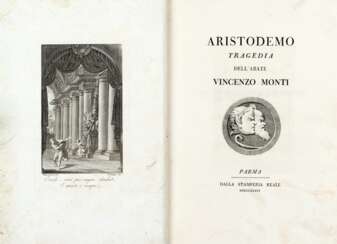

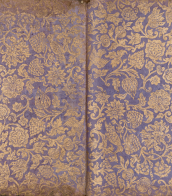
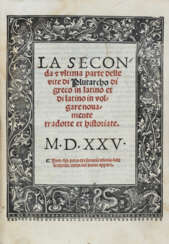

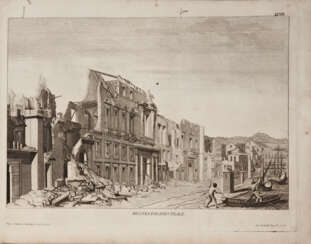



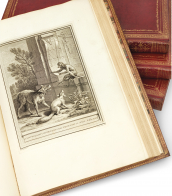




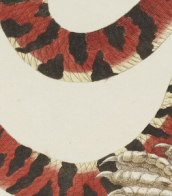
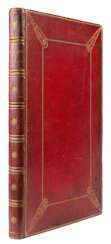

![MUNARI, Bruno (1907-1998) - [CORRAINI editore] - Una serie di ristampe dei celebri libri di Bruno Munari fra cui: Discovery of the Square](/assets/image/picture_942482/cb9d6/ts8s52csymy4higim0mpzuffqq6atg4ic7orhnlmestu2vjj1igkhi4rflk7swq1596201882jpg__fix_374_244.jpeg)
![MUNARI, Bruno (1907-1998) - [CORRAINI editore] - Una serie di ristampe dei celebri libri di Bruno Munari fra cui: Discovery of the Square](https://veryimportantlot.com/assets/image/picture_942482/cb9d6/ts8s52csymy4higim0mpzuffqq6atg4ic7orhnlmestu2vjj1igkhi4rflk7swq1596201882jpg__fix_374_244.jpeg)
![[AEROSTATICA - LUNARDI E ANDREOLI] - Una serie di documenti, avvisi e stampe fra cui l'incisione che illustra il primo volo di Don Paolo Andreani a Moncucco nel 1784 nel qual "volò il primo in Italia sino all'altezza di più di tre miglia"](/assets/image/picture_942485/0a7b9/vo0sv50uwmfzjwz8mudfan6sa7bqocntajuc7fqo38t9bwdghucl2j-5ivxwbe2g1596201882jpg__fix_374_244.jpeg)
![[AEROSTATICA - LUNARDI E ANDREOLI] - Una serie di documenti, avvisi e stampe fra cui l'incisione che illustra il primo volo di Don Paolo Andreani a Moncucco nel 1784 nel qual "volò il primo in Italia sino all'altezza di più di tre miglia"](https://veryimportantlot.com/assets/image/picture_942485/0a7b9/vo0sv50uwmfzjwz8mudfan6sa7bqocntajuc7fqo38t9bwdghucl2j-5ivxwbe2g1596201882jpg__fix_374_244.jpeg)
![[AEROSTATICA - ZAMBECCARI] - Una serie di interessanti documenti, avvisi e stampe relative a Zambeccari](/assets/image/picture_942487/56ba8/ekchnoebzni1k6v4lun7zatfuo1kwgffj1fjgs1i3fmlnrsgzkot8yhri320yfu51596201882jpg__fix_374_244.jpeg)
![[AEROSTATICA - ZAMBECCARI] - Una serie di interessanti documenti, avvisi e stampe relative a Zambeccari](https://veryimportantlot.com/assets/image/picture_942487/56ba8/ekchnoebzni1k6v4lun7zatfuo1kwgffj1fjgs1i3fmlnrsgzkot8yhri320yfu51596201882jpg__fix_374_244.jpeg)
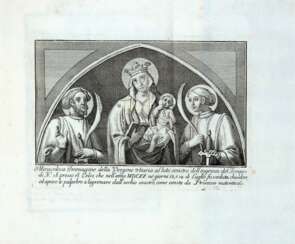



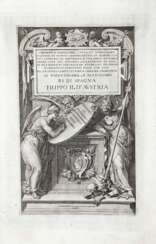



![[LIBRO D'ORE] - Stampato su pergamena all'uso di Parigi. Paris: Guillaume Godard, [1513-1530].](/assets/image/picture_1242097/f57fa/ujccgzj6kmlbmd7ito9t5sr4wquqanfp-m6lvkv8cdqijf2ywa4vcsggixjklqxf1608650265jpg__fix_374_244.jpeg)
![[LIBRO D'ORE] - Stampato su pergamena all'uso di Parigi. Paris: Guillaume Godard, [1513-1530].](https://veryimportantlot.com/assets/image/picture_1242097/f57fa/ujccgzj6kmlbmd7ito9t5sr4wquqanfp-m6lvkv8cdqijf2ywa4vcsggixjklqxf1608650265jpg__fix_374_244.jpeg)
![[HOEPLI, MANUALI] - Grande collezione di Manuali Hoepli in buone condizioni e nelle loro legature originali in tela editoriale stampata. Gli argomenti trattati sono molteplici con un particolare focus alla storia naturale.](/assets/image/picture_1242178/a8d12/g1gmeithge2dxpzvxouupowq8dnce0gh05ckcwsywm7htflif8yim9aelykkqo1608650265jpg__fix_374_244.jpeg)
![[HOEPLI, MANUALI] - Grande collezione di Manuali Hoepli in buone condizioni e nelle loro legature originali in tela editoriale stampata. Gli argomenti trattati sono molteplici con un particolare focus alla storia naturale.](https://veryimportantlot.com/assets/image/picture_1242178/a8d12/g1gmeithge2dxpzvxouupowq8dnce0gh05ckcwsywm7htflif8yim9aelykkqo1608650265jpg__fix_374_244.jpeg)
![[ILLUSTRATI FRANCESI] - Lotto di varie opere stampate dalla Librairie Conquet](/assets/image/picture_1242181/15c18/litji1r9gbiemsnrxpvaf5g7lqflzyypw1od7qlhllanixh2ogcco7qaglqlwq1608650265jpg__fix_374_244.jpeg)
![[ILLUSTRATI FRANCESI] - Lotto di varie opere stampate dalla Librairie Conquet](https://veryimportantlot.com/assets/image/picture_1242181/15c18/litji1r9gbiemsnrxpvaf5g7lqflzyypw1od7qlhllanixh2ogcco7qaglqlwq1608650265jpg__fix_374_244.jpeg)
